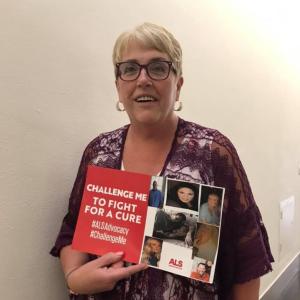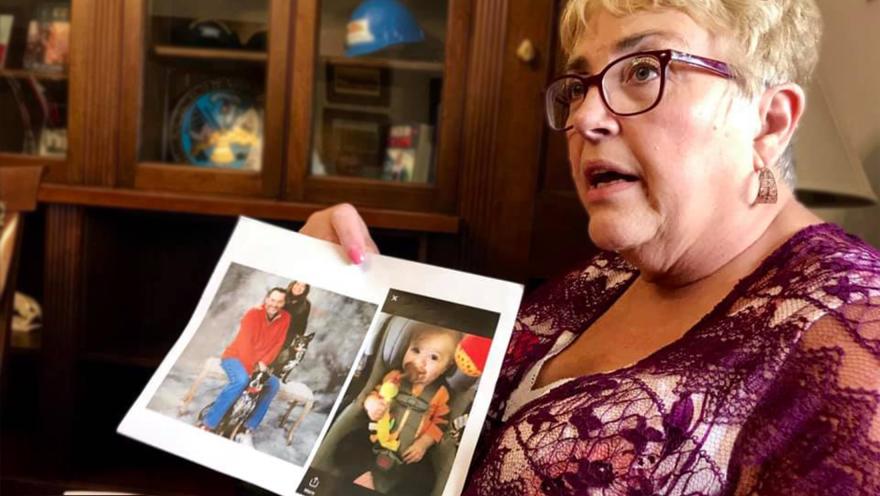Of the more than 31,000 people living with ALS in the United States, about 90-95% of the time, the disease is “sporadic,” meaning the person who is diagnosed is likely the first person in their family known to have it. The other 5-10% of people living with ALS have family members who have also been affected by the disease. This is often referred to as “familial ALS.”
While familial ALS is much less common on a population level, for those impacted by this form of the disease, it likely doesn’t feel uncommon at all.

For example, Mary Johnson and her family have been devastated by the effects of the disease. “My family has the genetic form of ALS, familial ALS,” she says. “As of today, I’ve lost 16 family members – siblings, aunts and uncles, nieces and nephews, and cousins – to this horrific disease.”
As Mary indicated, the way the disease is passed down from generation to generation is through ALS-linked genes. Genes serve as instruction manuals for cells, telling each cell’s protein-making machinery how to assemble all the proteins it needs to work and stay healthy.
Sometimes, these instructions have “typos” and are different from the instructions needed to make a healthy protein. This happens because of a gene change, also known as a mutation. When mutations change genes in a way that is harmful to neurons – causing them to malfunction and die – they can cause ALS.
In most cases, a person with a mutation in an ALS-linked gene usually has a 50-50 chance of passing it on to their children. But just because someone inherits an ALS-linked gene, it does not automatically mean they will develop the disease, and family members who develop ALS may have different disease experiences.
After genetic testing, Mary learned she does not carry the gene that’s taking her family. “After finding out I didn’t have the gene, I was of course relieved, and yet survivors’ guilt would come,” she said. “Today I know that I was spared so that I could fight for a cure and put an end to this disease!”
To help families like Mary’s, we have made significant investments into identifying the underlying genetic causes of ALS. This support led to the landmark discoveries of the SOD1 gene mutations in 1993, the first mutations identified for ALS and the one affecting Mary's relatives, and C9orf72 in 2011, the most common gene associated with the disease.
Since then, multiple large, global “big data” strategic initiatives we’ve supported, such as the New York Genome Center and Project MinE, have discovered more than 40 genes thought to cause or increase the risk of developing ALS. And while progress is being made in ALS research around the world, so much more needs to be done to prevent future generations from getting this devastating disease.
Later this week, we will be sharing more about Mary Johnson and her family’s personal ALS journey. Subscribe HERE today to follow along.
To learn more about Familial ALS, listen to our latest Connecting ALS podcast episode, The Genetics of ALS, or find more information on our website HERE.
To continue to follow stories about people living with ALS in the community and learn more about the disease, subscribe to receive our weekly blogs in your inbox HERE or follow us at als.org/blog.
If you would like to receive monthly ALS research updates, SUBSCRIBE to our newsletter, Research Matters.


Join the conversation. Please comment below.